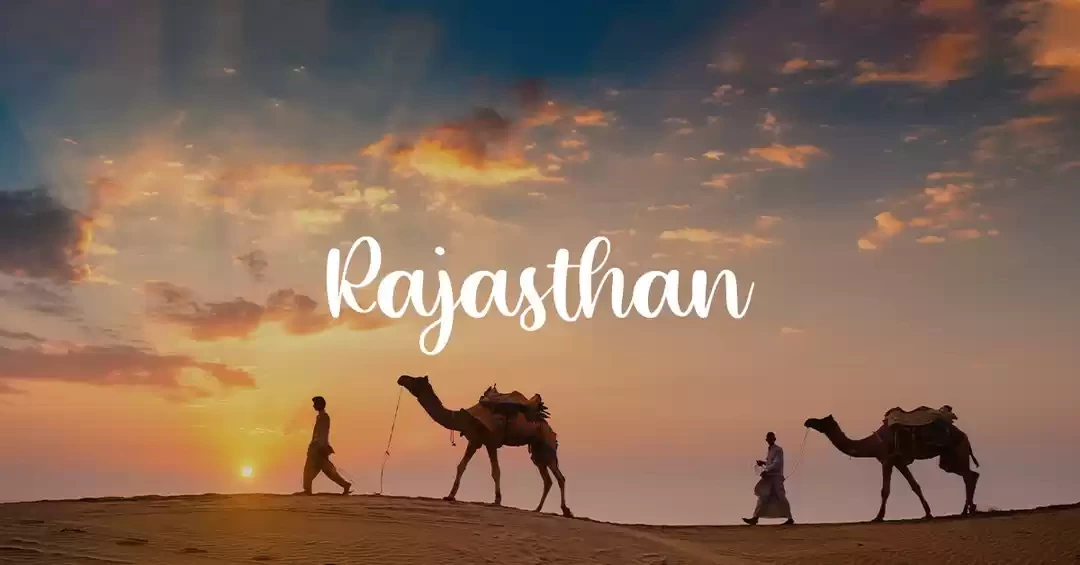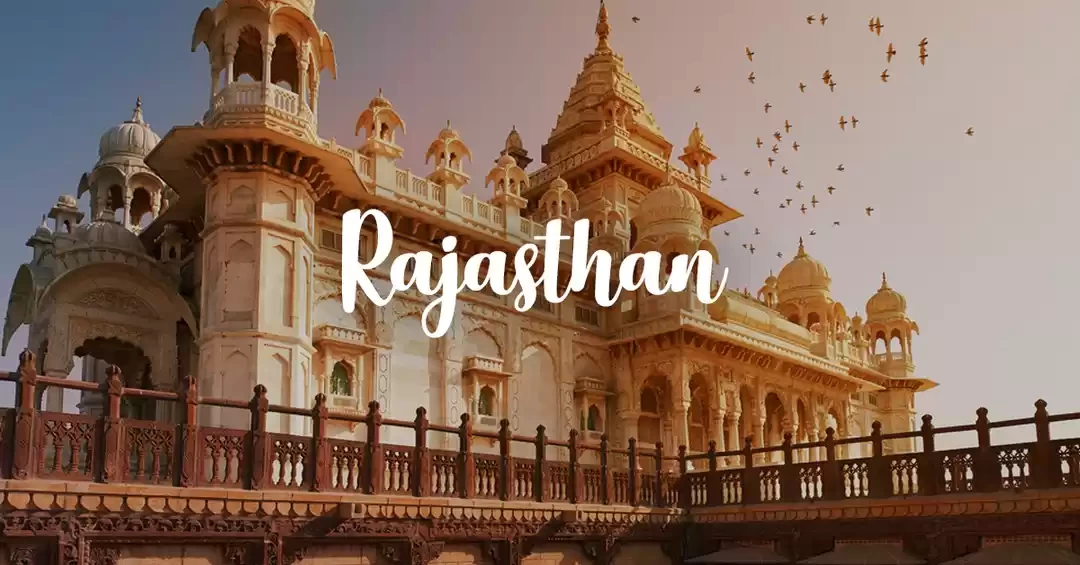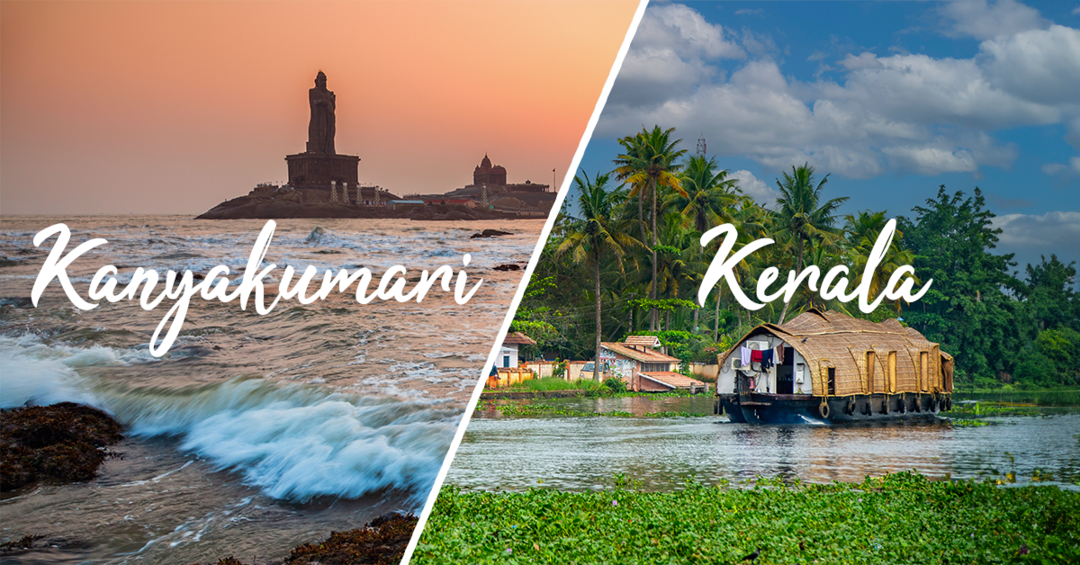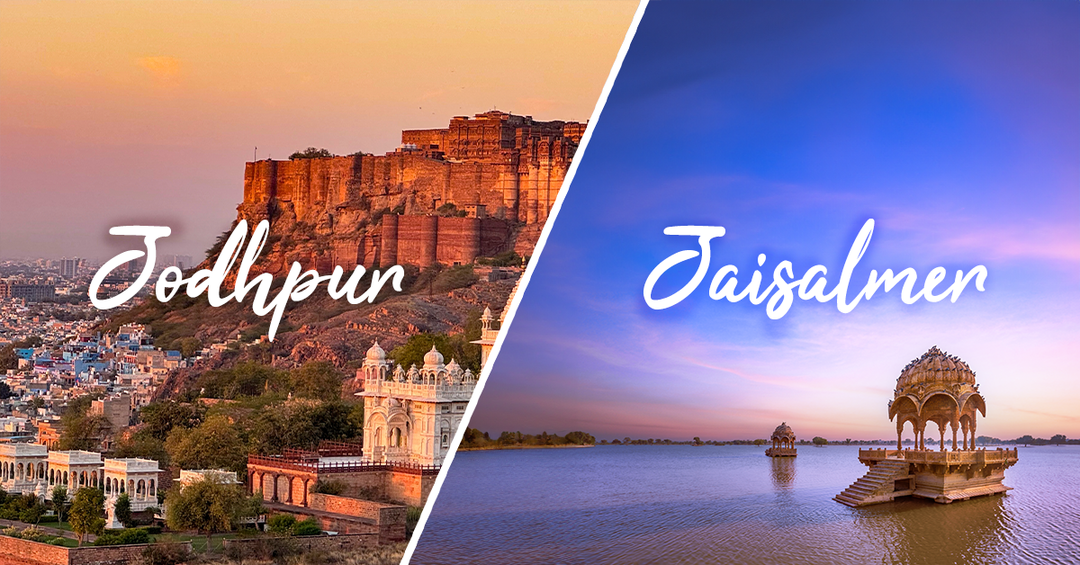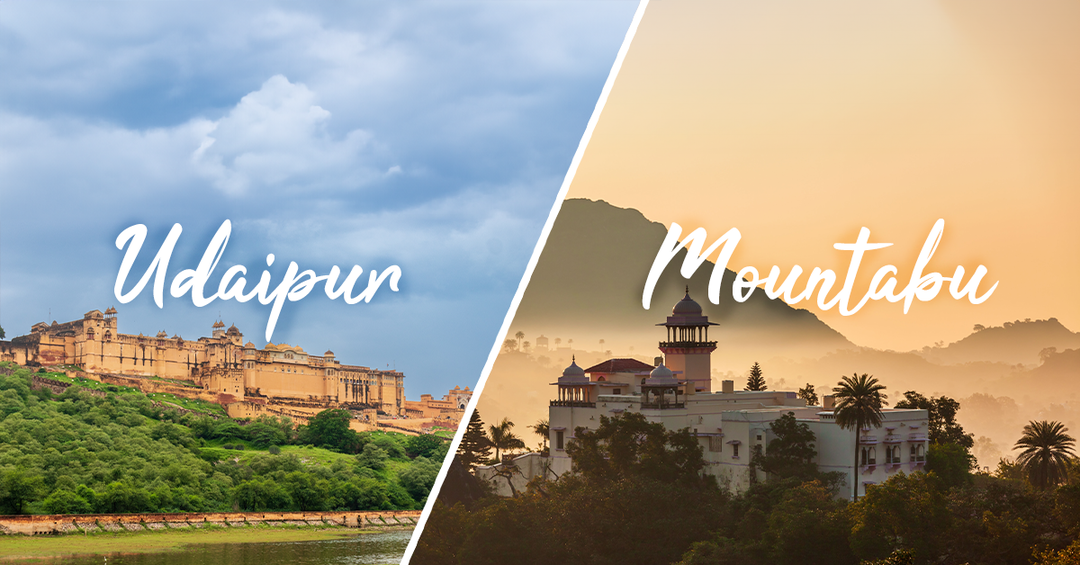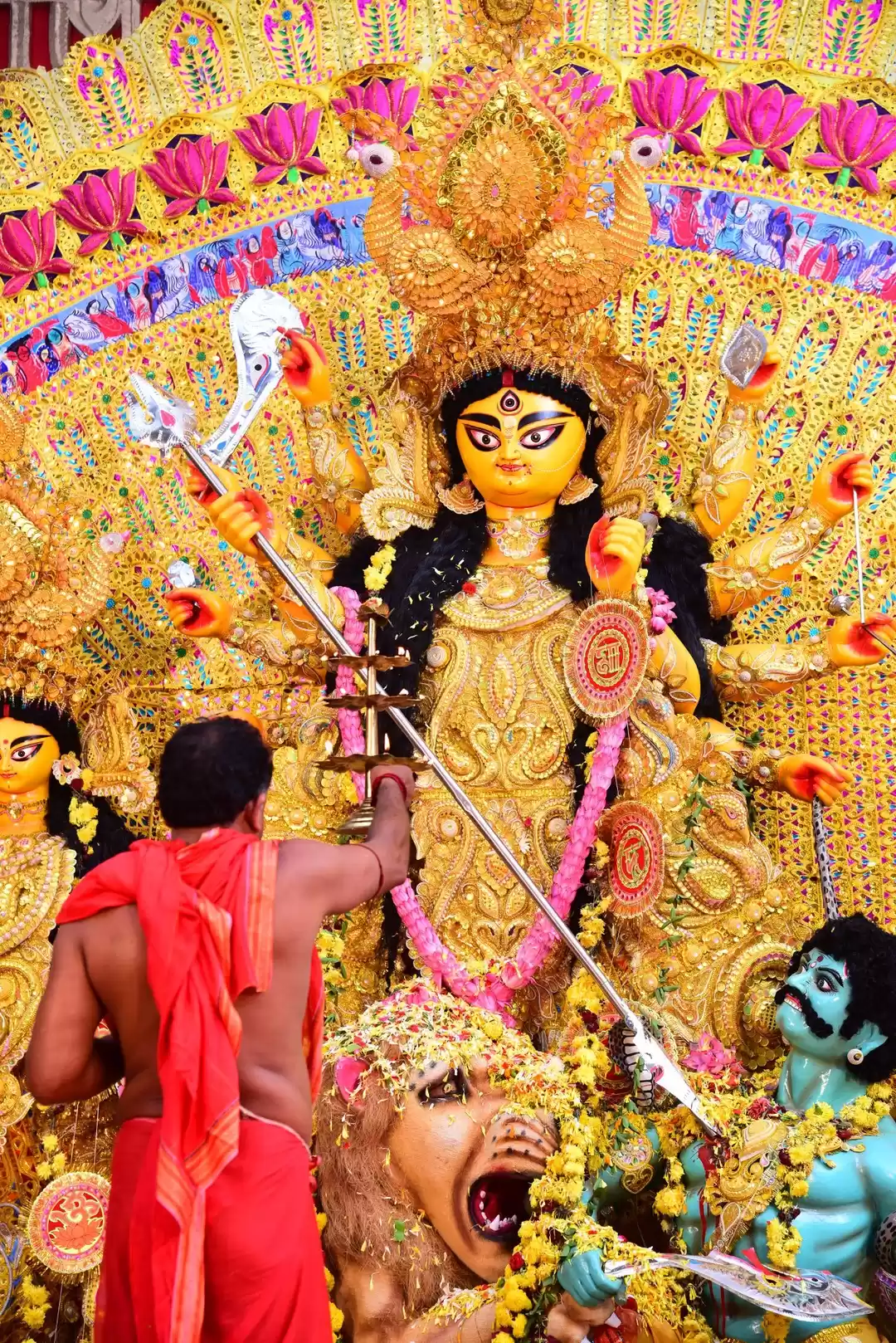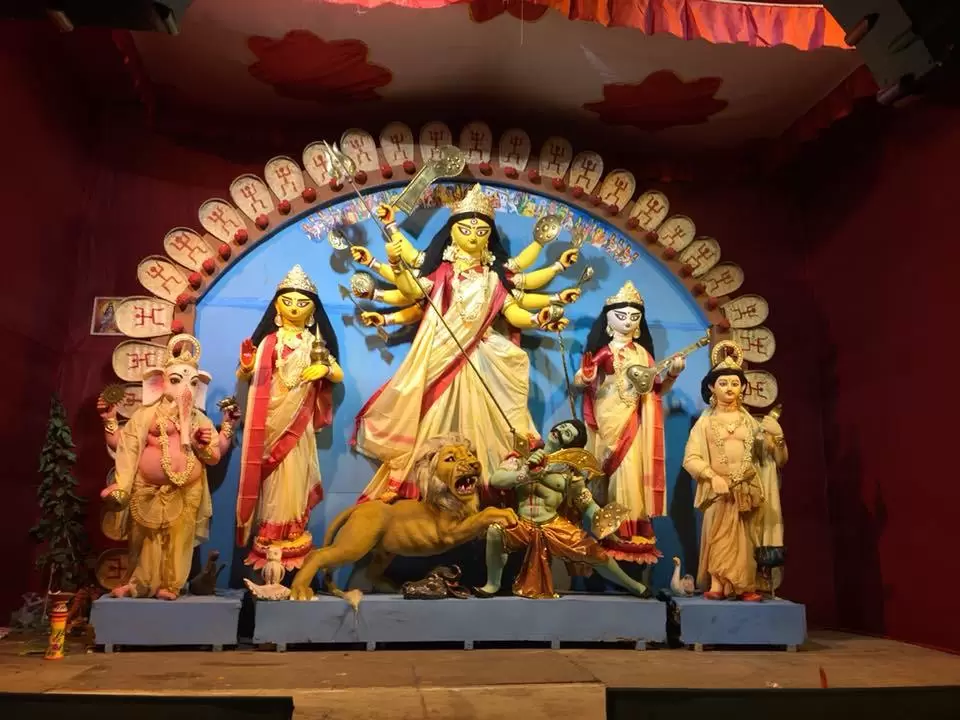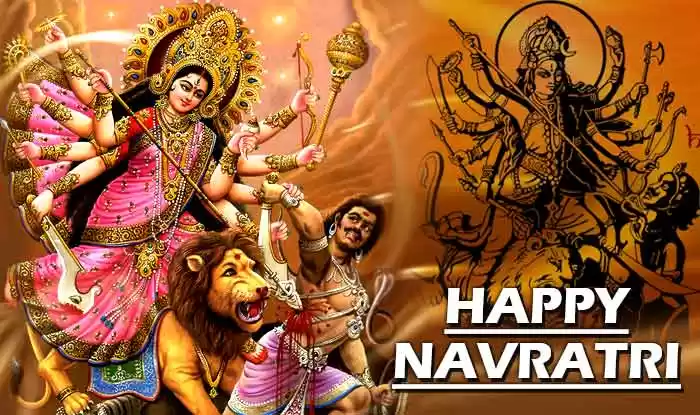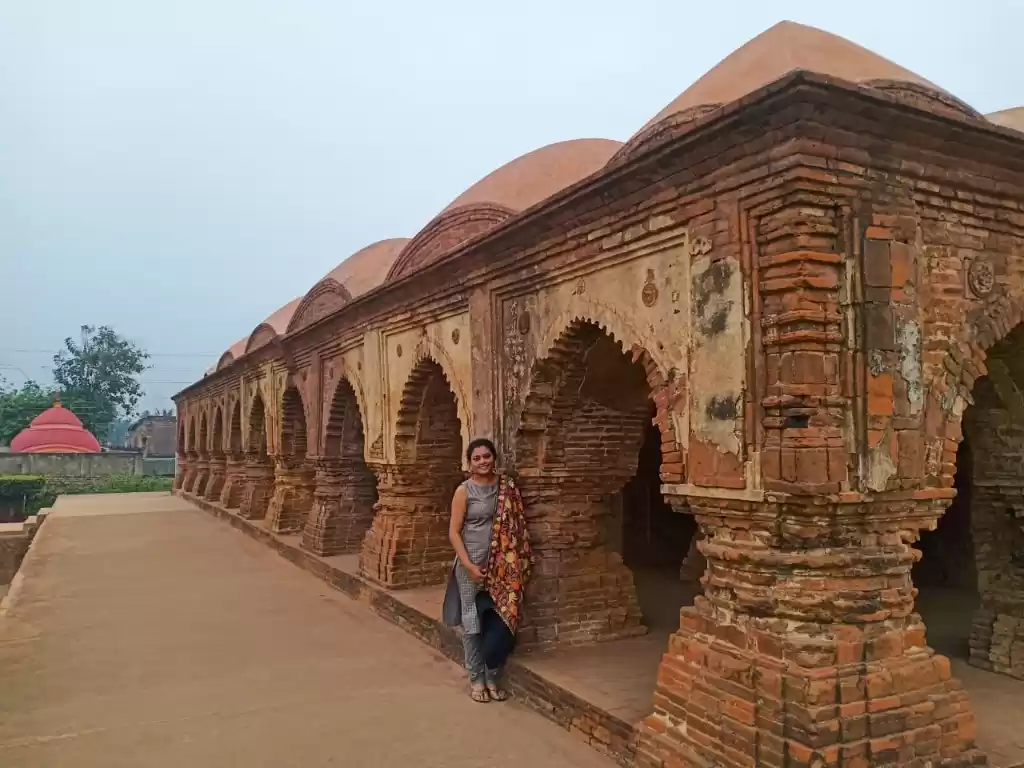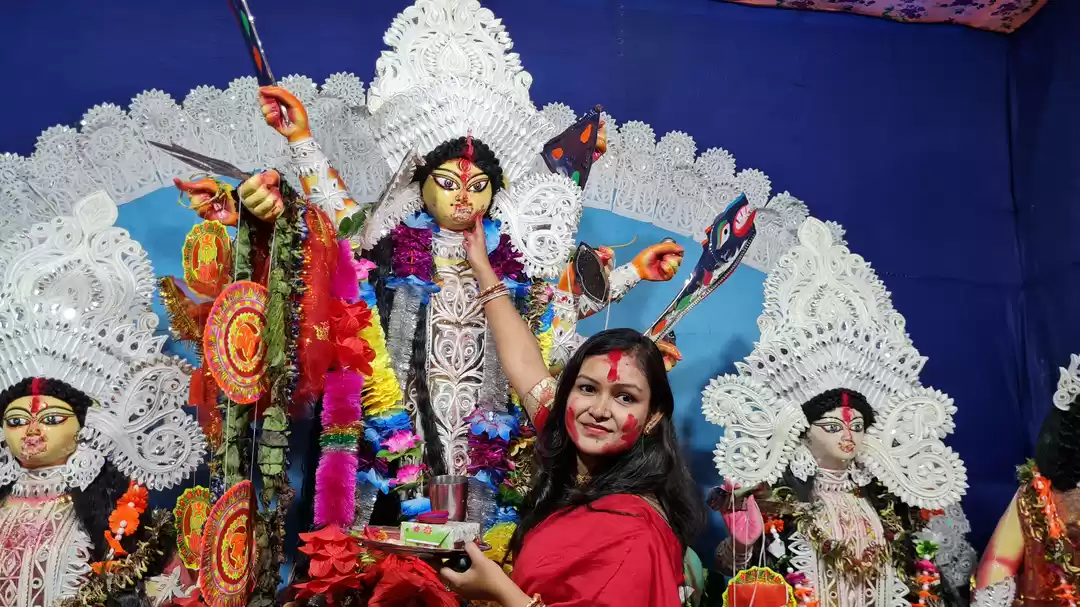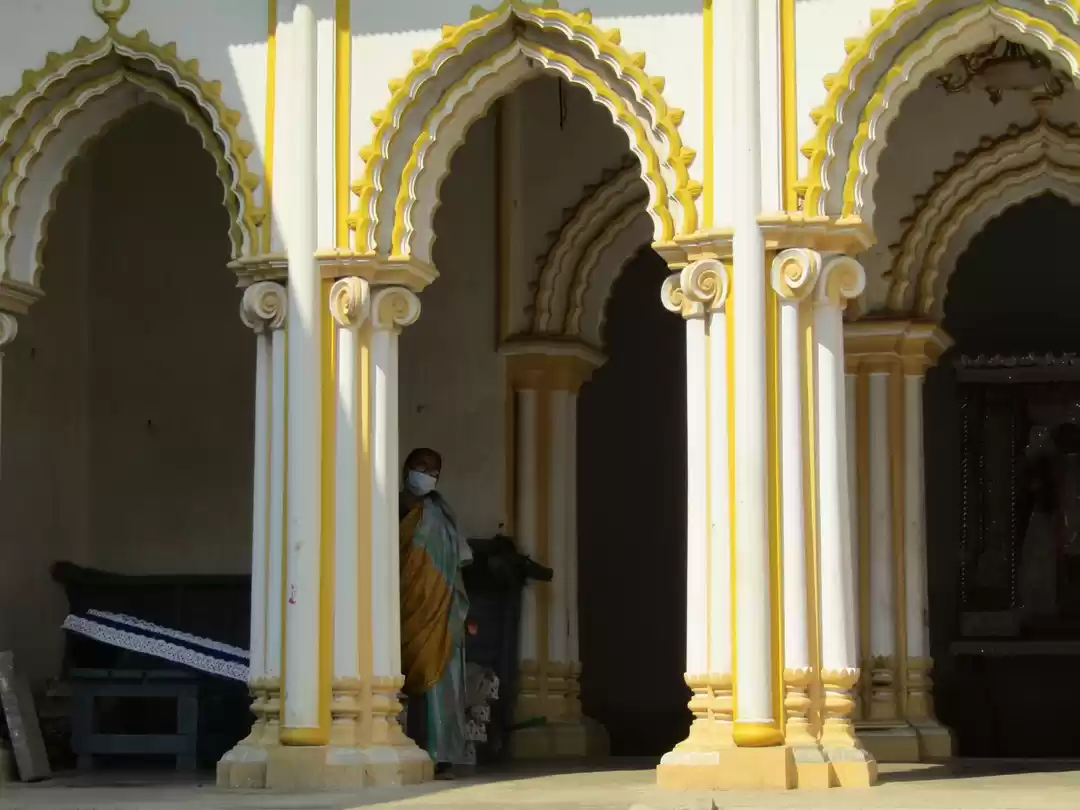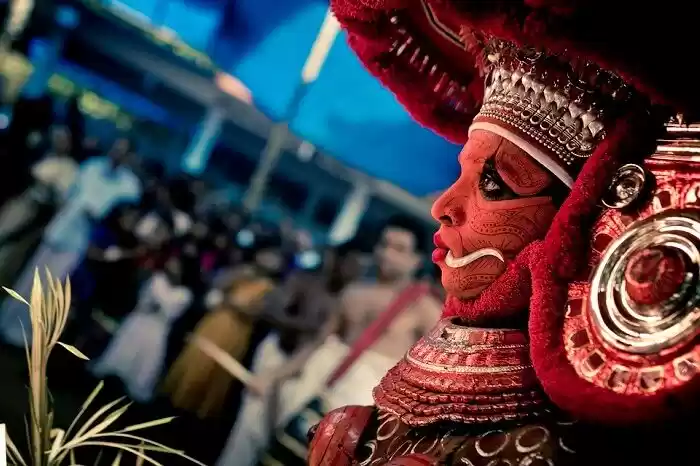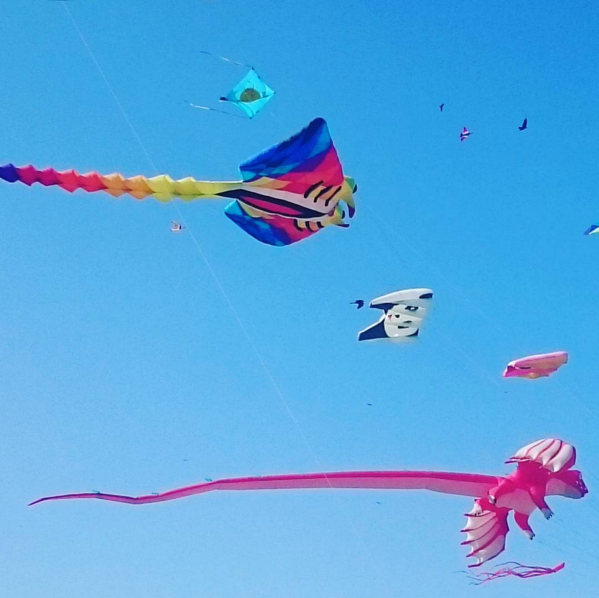As millions of Bengalis across the world fervently wait for pujo in autumn, there is another reason to rejoice - Durga Puja may well be featured on UNESCO's 2020 list of Intangible Cultural Heritage.
Sangeet Natak Akademi, India's apex cultural body under the Union Ministry of Culture has pushed for Durga Puja to be India's official nomination for UNESCO's 2020 list of cultural institutions around the world. The accolade will launch Bengal's carnivalesque festival on a global level under the purview of major cultural events.
The Akademi website has a note explaining why Durga Puja ticks all the checkboxes for it to merit UNESCO's heritage status:
“Durga Puja is the best instance of the public performance of religion and art in the city. It witnesses a celebration of craftsmanship, cross-cultural transactions and cross-community revelry. The manner in which the festival is enmeshed in a web of competition and consumption, accelerated by the winning of accolades, secures its secular identity, embedding it in the contemporary global cultures of touring, spectacle, and entertainment. The exemplary character of Durga Puja lies in its ability to not temporally bound itself to the ritual occasion. Its dynamism lies in it being a constantly mutating event – in its fusion of tradition with changing tastes and popular cultures, and in the adaptation of the iconographies of Durga and the styles of her temporary abodes to cater to new regimes of art production.”
Durga Puja is one of the most prominent Hindu festivals celebrated across India and even Bangladesh with its epicentre at Kolkata. The 10-day revelry is a celebration of good over evil as Goddess Durga in her divine incarnation as Mahishasurmardini defeats the demon Mahishasur to eradicate all evil. The festival has transcended religious barriers and transformed into a socio-cultural event encompassing all communities irrespective of class, caste or creed.
The effort that goes into creating art installations, idols of deities and artistic light arrangements is incredible. The festival is responsible for thousands of jobs and grows bigger in spectacle with each passing year. With the spread of Bengali diaspora, the festival and its corresponding mirth have seeped into the Eastern regions of India as well as all over the world.
The festival has been perpetuated by the Bengal polity with all its pomp and splendour for centuries. The first instance of the festival dedicated to the worship of the Goddess Durga has been recorded in the late 1500s. The zamindars of Dinajpur and Malda are said to have started the first Durga Puja in Bengal. Sabarna Roy Choudhary's family is renowned for being the oldest Durga Puja of Kolkata which started in 1610 in their ancestral house.
The magnitude of the festival is such that every old ancestral house in Bengal organises Durga Puja and every street corner has a pandal lit up with thousands of lights and a throng of people waiting to witness the grandeur of Ma Durga to bow their heads in reverence for a few seconds.
The nomination dossier highlighting the socio-cultural significance of the event has been prepared by a team led by Professor Tapati Guha Thakurta, a history professor at the Centre for Study in Social Sciences, Calcutta. The festival is more an expression of human exultation than just a religious tradition passed down centuries.
India has 13 cultural events listed under UNESCO's Intangible Cultural Heritage category:
1. The tradition of Vedic chanting
2. Ramlila, the traditional performance of the Ramayana
3. Kutiyattam, Sanskrit theatre
4. Ramman, religious festival and ritual theatre of the Garhwal Himalayas.
5. Mudiyettu, ritual theatre and dance drama of Kerala
6. Kalbelia folk songs and dances of Rajasthan
7. Chhau dance
8. Buddhist chanting of Ladakh: the recitation of sacred Buddhist texts in the trans-Himalayan Ladakh region, Jammu and Kashmir.
9. Sankirtana, ritual singing, drumming and dancing of Manipur
10. Traditional brass and copper craft of utensil making among the Thatheras of Jandiala Guru, Punjab
11. Yoga
12. Nawrouz
Millions of people eagerly await the festival each autumn to once again submerge themselves in this glorious manifestation of devotion, gaiety and the indomitable human spirit.
Should Durga Puja receive UNESCO's heritage tag? Tell us in the comments below!
Travelled far and wide and brought back stories galore? Narrate them here!





